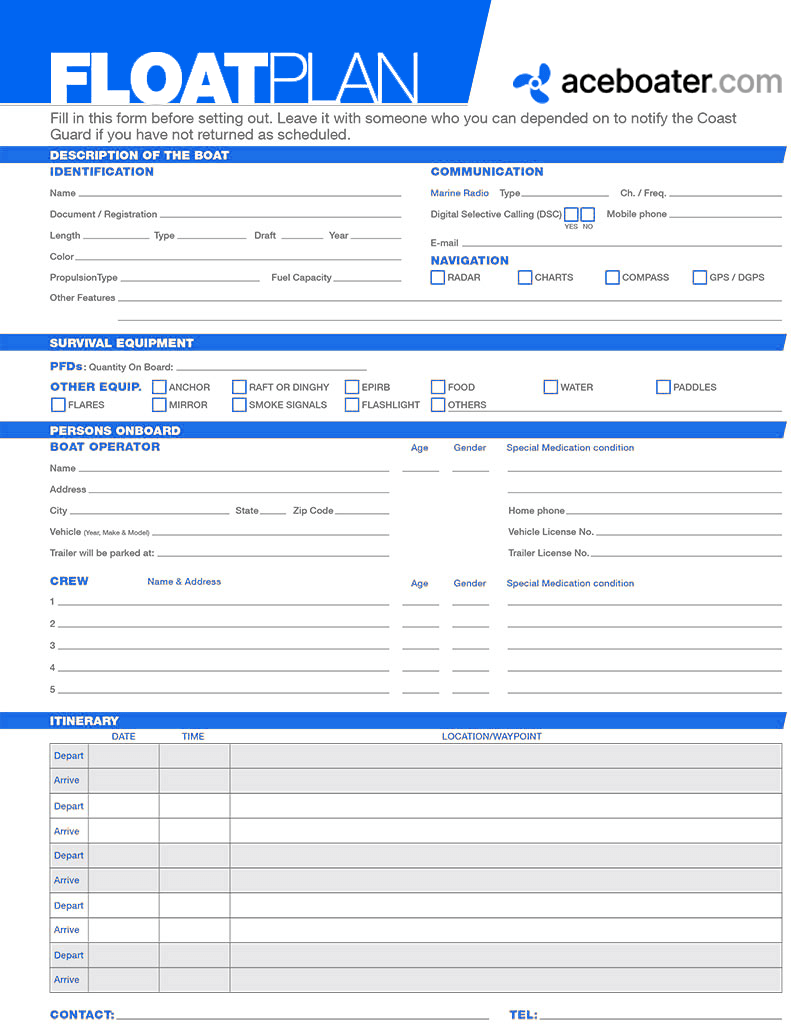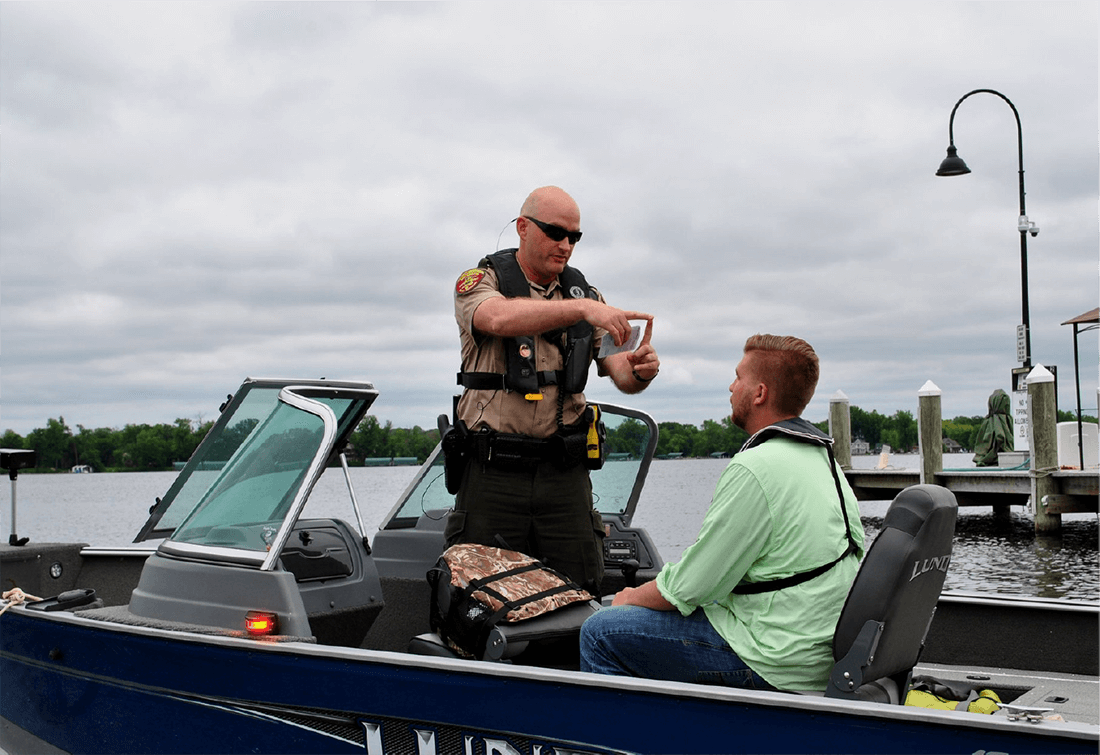The 10 Golden Rules of Boating Safety
Boating is one of life’s greatest pleasures — the mix of open water, fresh air, and freedom creates an unforgettable sense of adventure. But with that freedom comes responsibility. Every year, preventable accidents occur simply because boaters overlook basic safety practices. Whether you’re steering a personal watercraft, a fishing boat, or a large cruiser, these ten golden rules of boating safety will help ensure that every trip is safe, enjoyable, and accident-free.
1. Always Wear a Life Jacket — and Make Sure It Fits
This is the most important rule of all. More than 80% of boating-related drowning victims were not wearing a life jacket at the time of the accident. A properly fitted life jacket keeps you afloat and conscious long enough to be rescued.
Choose a Transport Canada–approved (or U.S. Coast Guard–approved) flotation device designed for your activity — whether cruising, paddling, or watersports. Check that it fits snugly: when you lift the shoulders, it shouldn’t ride up over your chin or ears. Children’s life jackets must include crotch straps, head supports, and a safety whistle. Make sure everyone on board wears theirs at all times, not just when conditions look rough.


2. Take a Boating Safety Course
Knowledge saves lives. Completing an approved boating safety course teaches you how to navigate safely, read buoys and markers, understand right-of-way rules, and respond to emergencies.
In Canada, anyone operating a motorized vessel must carry a Pleasure Craft Operator Card (PCOC) — proof of basic competency. But even experienced boaters benefit from refresher courses that cover new regulations, electronic navigation tools, and environmental protection practices. Think of it like continuing education for your safety and confidence on the water.
3. Check the Weather Before You Go — and Keep Checking
Weather can change quickly on the water, turning a calm afternoon into a dangerous storm in minutes. Before heading out, check marine forecasts from reliable sources such as Environment Canada or NOAA. Pay attention to wind speed, wave height, and thunderstorm warnings.
While underway, continuously monitor changes in the sky and wind. If dark clouds, increasing swells, or sudden gusts appear, head to shore immediately. Remember, safety always outweighs schedule or pride — there’s no shame in turning back early if the weather turns threatening.
4. Make and Share a Float Plan
A float plan is like leaving a “trail map” for rescuers. It includes where you’re going, when you plan to return, who’s on board, and details about your vessel.
Give this plan to a trusted friend, family member, or marina operator before you leave. In an emergency, that information will help authorities locate you faster. Modern float plans can be emailed, texted, or submitted through boating apps. It’s a small effort that can save your life if something goes wrong.


5. Never Boat Under the Influence
Operating a boat under the influence of alcohol or drugs is as dangerous — and illegal — as driving a car impaired. The combination of wind, sun, vibration, and motion enhances the effects of alcohol, slowing reaction time and impairing judgment.
Statistics show that alcohol is a factor in nearly 40% of fatal boating accidents. Assign a designated sober operator before leaving the dock. Keep in mind that police and conservation officers conduct random checks, and penalties can include license suspension, fines, or criminal charges. Stay sharp, stay sober, and protect everyone aboard.
6. Know and Follow the Navigation Rules
The “Rules of the Road” on water prevent collisions and confusion. Every boater should understand basic navigation principles:
-
Keep right (starboard) when meeting another vessel head-on.
-
Give way to vessels on your starboard (right) side when crossing paths.
-
Sailboats under sail generally have the right of way over powerboats.
-
Maintain a safe speed and be prepared to take early, obvious action to avoid collisions.
Always watch for navigation buoys and markers — red and green lateral marks, safe-water buoys, and danger zones. Learn light signals, horn sounds, and nighttime rules. Following them keeps waterways orderly and safe for everyone.
7. Perform a Pre-Departure Safety Check
Before starting your engine, conduct a complete safety inspection. This includes checking:
-
Fuel and oil levels
-
Battery charge and electrical connections
-
Navigation lights and horn
-
Fire extinguisher and safety gear
-
Bilge pump operation
-
Drain plugs (installed and secure!)
-
Communication devices (VHF radio or cell phone in waterproof case)
If you tow your boat on a trailer, double-check the hitch, safety chains, and straps. A few minutes of preparation prevent hours of trouble later.
8. Carry Essential Safety Equipment
Boating laws require specific equipment based on the type and size of your vessel. Typical essentials include:
-
Approved life jackets or PFDs for each person
-
Throwable flotation device (buoyant heaving line or cushion)
-
Sound-signaling device (whistle, horn, or bell)
-
Fire extinguisher of the correct marine class
-
Navigation lights and a waterproof flashlight
-
First-aid kit
-
Anchor and sufficient line
-
Bailer or manual bilge pump
-
Paddles or oars as a backup propulsion method
-
Marine radio or cell phone
Keep everything clean, accessible, and functional. Replace expired flares and inspect extinguishers regularly. Organized safety gear can mean the difference between minor inconvenience and catastrophe.
9. Be Courteous and Aware of Others
Boating isn’t just about your vessel — it’s about sharing the water safely with others. Always maintain situational awareness:
-
Watch for swimmers, paddlers, anglers, and divers (look for diver-down flags).
-
Keep a safe wake distance from shorelines, docks, and smaller boats.
-
Reduce speed near marinas or congested areas.
-
Respect “No Wake” zones to protect fragile shorelines and moored boats.
-
Avoid loud music or reckless maneuvers that can disturb others or wildlife.
Responsible boating is as much about good manners as it is about skill. When everyone respects shared waterways, everyone enjoys them more.
10. Prepare for Emergencies and Stay Calm
Even with the best preparation, emergencies can happen — a passenger falls overboard, an engine fails, or you hit submerged debris. The key is to stay calm and act methodically.
-
If someone falls overboard: cut the engine, throw a flotation device, and circle back slowly while keeping them in sight.
-
In case of fire: turn off fuel, use your extinguisher from a safe distance, and signal for help if needed.
-
If your boat capsizes: stay with the vessel — it’s easier to spot than a person alone.
-
Always know how to use your radio: hail “MAYDAY” on Channel 16, state your position, the nature of the emergency, and the number of people aboard.
Rehearse emergency procedures with your passengers. When everyone knows what to do, panic gives way to teamwork.
Conclusion: Safety Is Seamanship
True seamanship isn’t just about skillful navigation — it’s about respect for the water, your passengers, and your vessel. Following these ten golden rules of boating safety ensures that every journey starts and ends with smiles, not sirens.
Whether you’re a weekend sailor, angler, or jet-ski enthusiast, remember: accidents don’t happen because people plan them — they happen because people fail to plan. A safe boater is a confident, prepared, and courteous one.
So next time you cast off, make safety part of your adventure. The water is unpredictable, but your preparation doesn’t have to be.